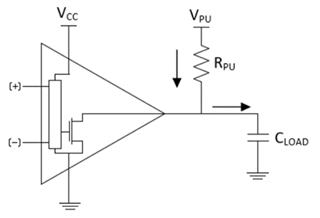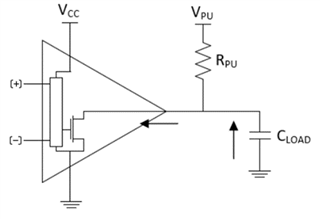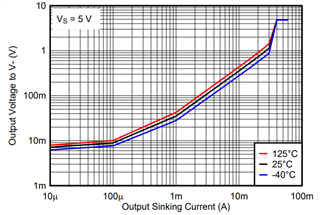How do I choose the right pull up resistor size when using an open drain comparator? What are the system design considerations?
-
Ask a related question
What is a related question?A related question is a question created from another question. When the related question is created, it will be automatically linked to the original question.




